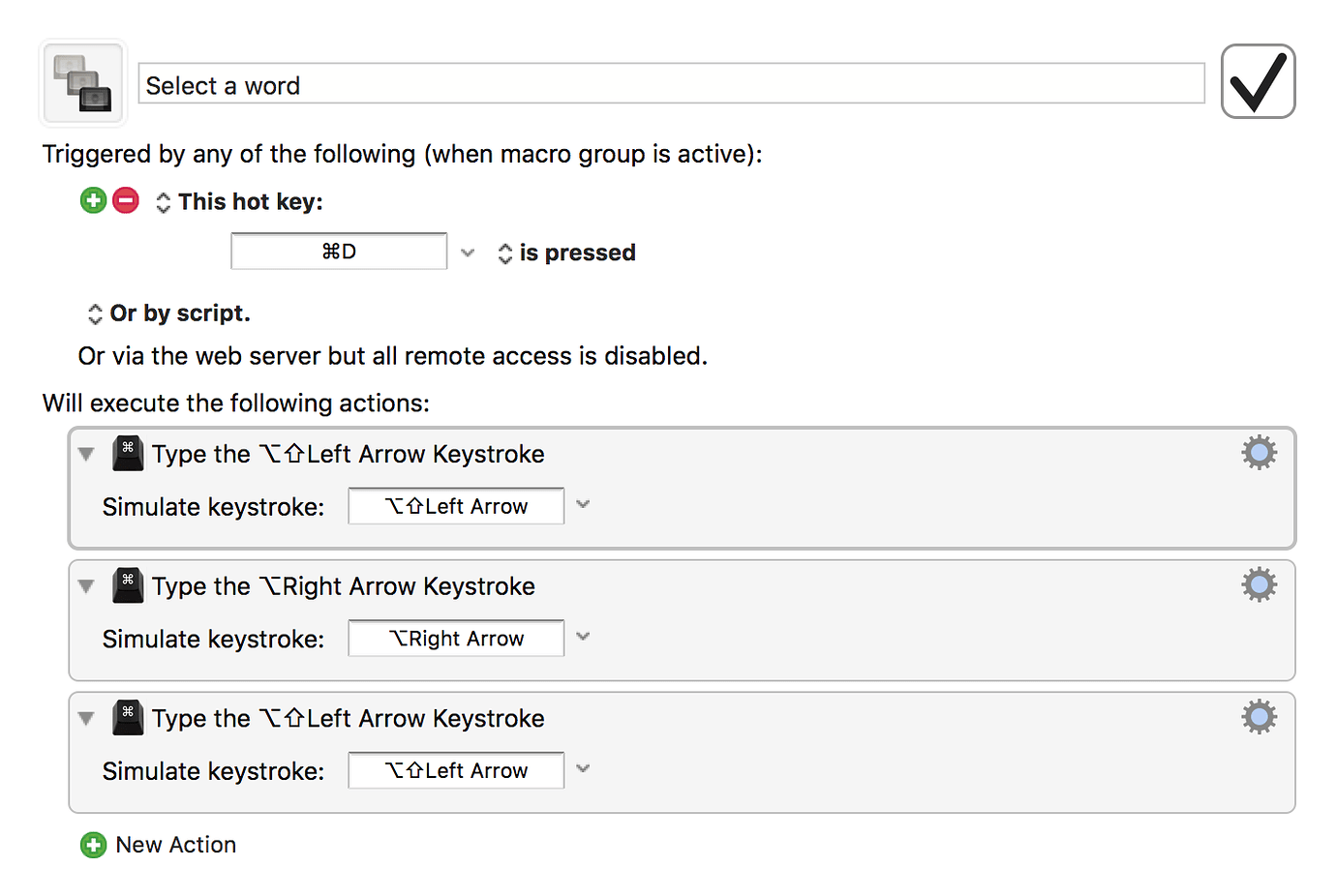
I liked them very much and was a little nonplussed when Mike strung them all together." After the album was released, Newman said he preferred the demo versions: "They were complete melodies in themselves – with intros and fade-outs or ends. Newman and Heyworth made a copy of the demos, and promised Oldfield that they would speak to Branson and his business partner Simon Draper about them. Oldfield asked Newman to listen to his demos, but they were in his Tottenham flat, so one of Louis' roadies drove Oldfield to London and back to retrieve them. Oldfield was shy and socially awkward, but struck up a friendship with the two producers after they heard his guitar playing. The studio was being constructed in the former squash court of an old manor house in Shipton-on-Cherwell, Oxfordshire, which had recently been bought by the young entrepreneur Richard Branson and which was being turned into a residential recording facility run by his music production team of Tom Newman and Simon Heyworth. Late in 1971 Oldfield joined the band of Arthur Louis who were recording demos at The Manor Studio. The Manor Studio, where the album was recorded

He was also influenced by classical music, and by A Rainbow in Curved Air (1969) by experimental composer Terry Riley, on which Riley played all the instruments himself and used tape loops and overdubs to build up a long, repetitive piece of music. Oldfield stated that he had been inspired to write a long instrumental piece after hearing Septober Energy (1971), the only album by Centipede. The demos comprised three shorter melodies (early versions of what would become the sections titled "Peace", "Bagpipe Guitars", and "Caveman" on Tubular Bells 2003), and a longer piece he had provisionally titled "Opus One". In his flat in Tottenham in north London, Oldfield recorded demos of four tracks he had been composing in his head for some years, using the tape recorder, his guitar and bass, some toy percussion instruments, and a Farfisa organ borrowed from the Whole World's keyboardist David Bedford. Oldfield modified the recorder by blocking off the erase head of the tape machine, which allowed him to record onto one track, bounce the recording onto the second, and record a new instrument onto the first track, thus overdubbing his playing one instrument at a time and effectively making multi-track recordings. In 1971, Oldfield began experimenting with a two-track Bang & Olufsen Beocord 1⁄ 4" tape recorder. Its contribution to British music was recognised when Oldfield played extracts during the 2012 Summer Olympics opening ceremony in London. A remastered edition was released in 2009. For the album's 30th anniversary Oldfield re-recorded the album as Tubular Bells 2003.

Oldfield has recorded three sequels: Tubular Bells II (1992), Tubular Bells III (1998), and The Millennium Bell (1999). The album has sold over 2.7 million copies in the UK and an estimated 15 million worldwide.Īn orchestral version produced by David Bedford was released in 1975 as The Orchestral Tubular Bells.

It peaked at number three on the US Billboard 200, and reached the top position in Canada and Australia. It stayed in the top ten of the UK Albums Chart for one year from March 1974, during which it reached number one for one week. This led to a surge in sales which increased Oldfield's profile and played an important part in the growth of the Virgin Group. The album initially sold slowly, but gained worldwide attention in December 1973 when its opening theme was used for the soundtrack to the horror film The Exorcist. Oldfield, who was 19 years old when it was recorded, played almost all the instruments on the mostly instrumental album. Tubular Bells is the debut studio album by English musician Mike Oldfield, released on as the first album on Virgin Records.


 0 kommentar(er)
0 kommentar(er)
